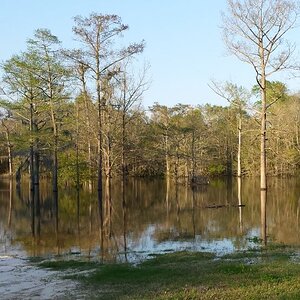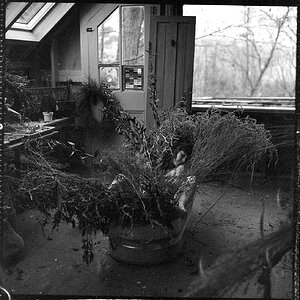Stumbles87
TPF Noob!
- Joined
- Dec 9, 2011
- Messages
- 11
- Reaction score
- 1
Hi All!
I am overwhelmed that I have just been asked to take some photos for an AFL game in my home town!
It will be at night but they have huge lights over the oval.
What I am scared of is I only have a Nikon D3000 and a 55-200mm kit lens!! Will this hold up for this type of thing? I have never done anything like this before!!
Thanks for your help! =)
I am overwhelmed that I have just been asked to take some photos for an AFL game in my home town!
It will be at night but they have huge lights over the oval.
What I am scared of is I only have a Nikon D3000 and a 55-200mm kit lens!! Will this hold up for this type of thing? I have never done anything like this before!!
Thanks for your help! =)


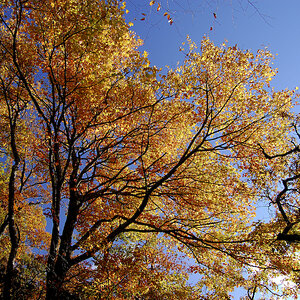
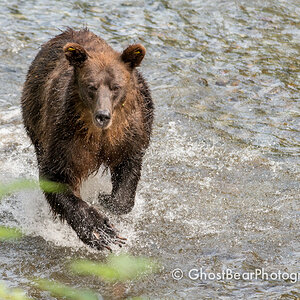
![[No title]](/data/xfmg/thumbnail/36/36394-700ff78d7b45c663863e641a9bcf1fe1.jpg?1619737548)
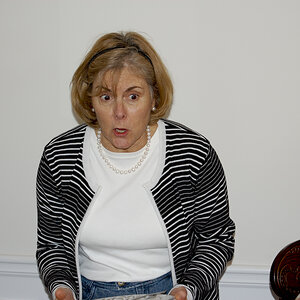
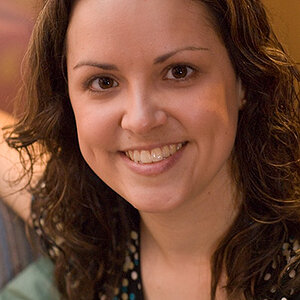
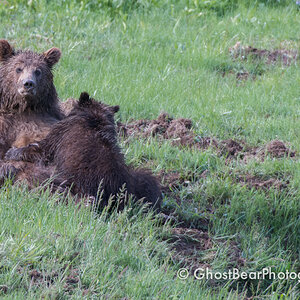
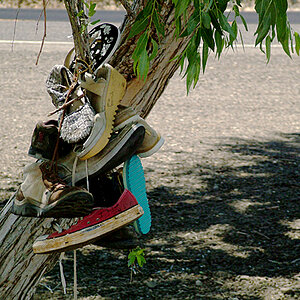

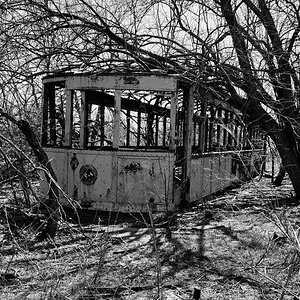
![[No title]](/data/xfmg/thumbnail/36/36395-66eaff4565ecf4245f13a9c469a9273b.jpg?1619737548)
